WATERPROOFING CONTRACTORS
The service life of virtually every structural asset is dependent upon its’ stability and waterproofing is a critical component of its protection. Waterproofing should be completed on roofs, balconies, planter boxes, carparks and water tanks. Drawing on our experience and industry best practice, BUSS’ waterproofing specialists apply the latest waterproofing techniques for the quality installation of multiple waterproofing systems including torch-on membranes, sheeting membranes, liquid membranes and injection grouting systems.
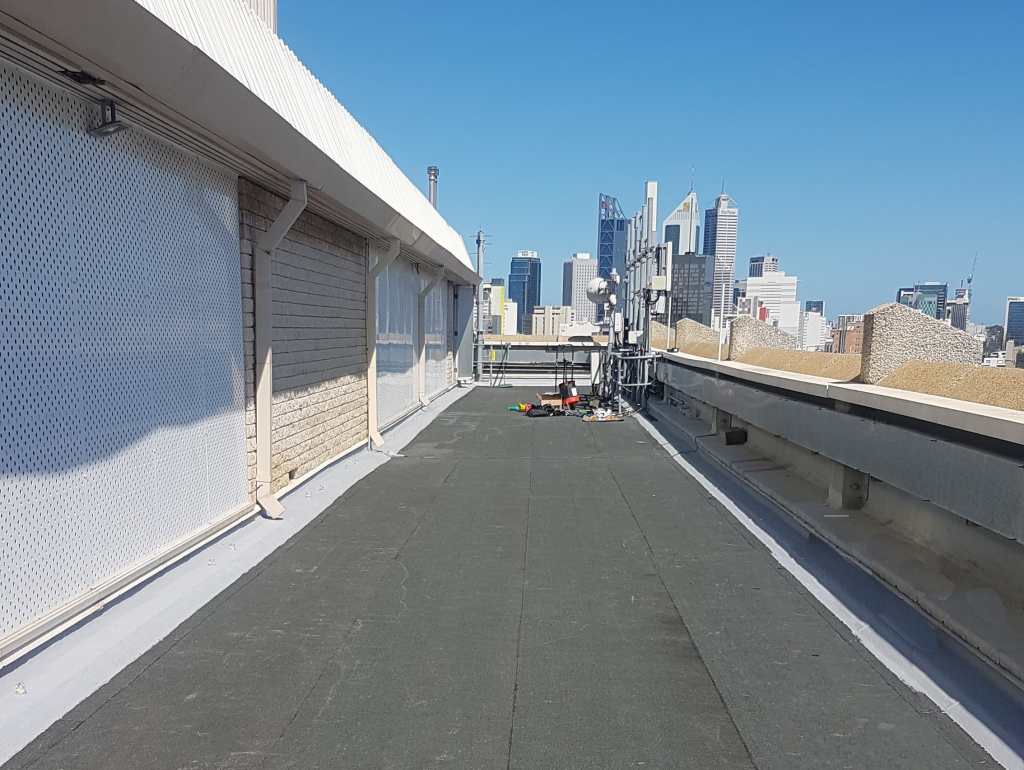
ROOF WATERPROOFING
A roof defends your greatest assets from our ever changing, and often extreme, weather conditions. Leaks must be rectified immediately because when water finds its way into your structure it will penetrate the porous materials within. Over a short period of time, small roof leaks can lead to big expensive problems such as mould, rotted framing, electrical issues, water damage and major structural issues.
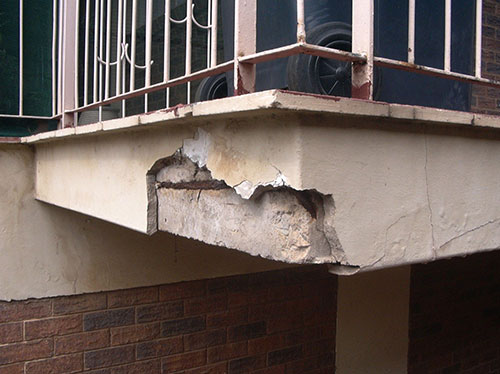
BALCONIES
Leaking balconies are a common problem amongst many types of buildings and have been identified as a major cause of waterproofing problems, yet are often overlooked. Being constantly exposed to humidity, weathering, ultraviolet degradation and ongoing movement stresses, balconies are vulnerable to water seepage. Water will most often penetrate through the top surface and exposed edges of the reinforced concrete, leading to the deterioration of the balcony structure and other significant defects.
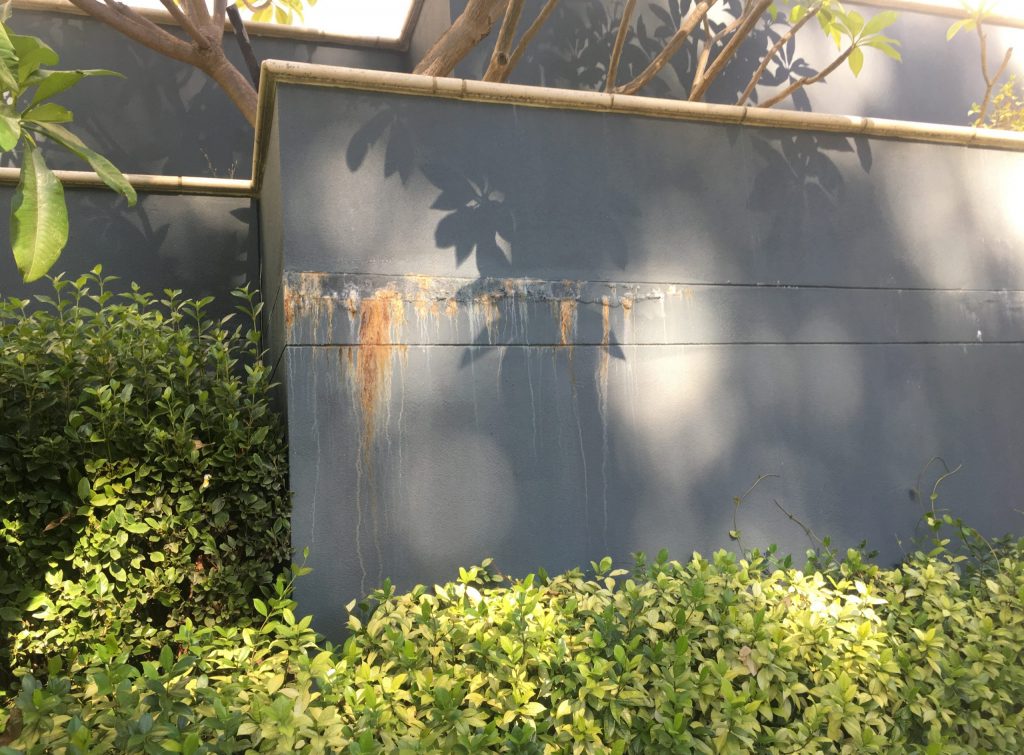
PLANTER BOXES
Many residential and commercial properties install planter boxes to house their flowers, trees and shrubs; especially in areas where space is limited. Planter boxes, generally situated on balconies, terraces, decks and pathways, if not sealed correctly, or at all, can quickly develop water leaks which introduce potential hazards and significant defects to your building structure and surrounds.
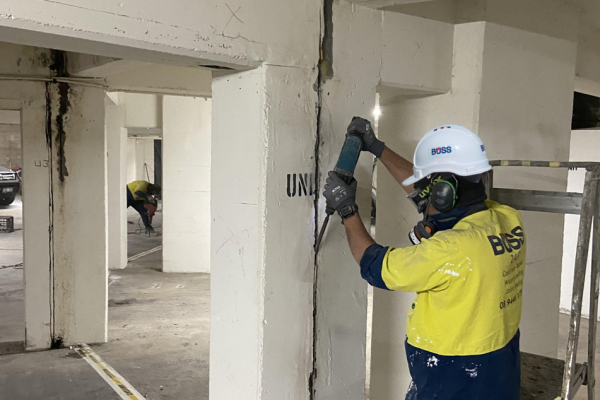
carparks
Carparks must be durable and safe so as to satisfy demanding parking requirements. The structures are subjected to considerable stress from vehicular traffic and therefore susceptible to cracks.
Carpark decks are continuously exposed to aggressive and corrosive factors including water, condensation, chloride salts, fuels, carbon dioxide gases, sediment and oils and if not suitably waterproofed, these elements will penetrate the concrete causing corrosion of the reinforcing steel and lead to concrete cancer and structural integrity issues.
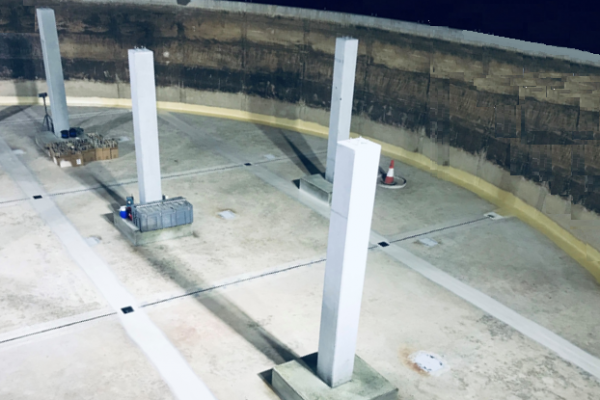
water tanks
The majority of water tanks in Australia are constructed from concrete and have a lifespan of between 25 to 40 years. Over that period of time the concrete will need to resist the constant varying degrees of hydrostatic pressure both internally and externally and may well be in contact with chlorine and other chemicals that will soften its surface.
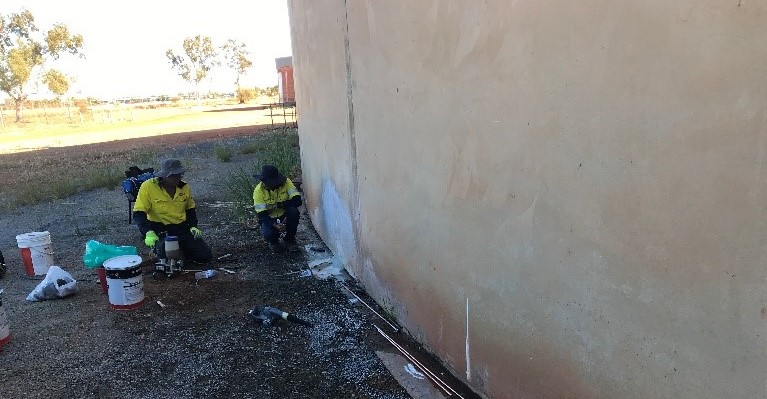
WATER STOP INJECTION
Polyurethane injection is effective in stopping water ingress through concrete cracks, concrete joints and substrate openings/voids. They are flexible in that they mould and expand to fill the exact shape of the crack in the concrete and bond to most any material resulting in a watertight, safe repair for the long term.
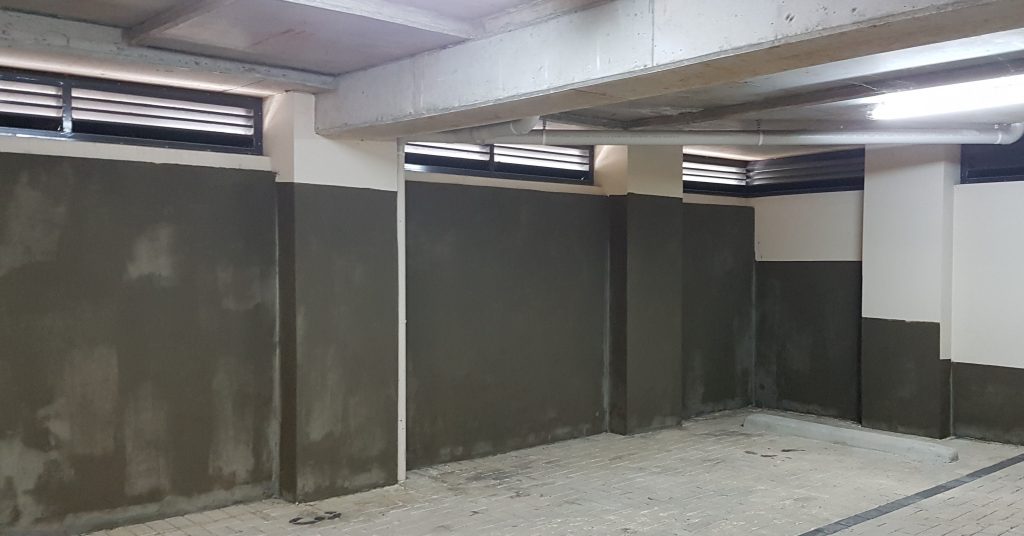
NEGATIVE SIDE WATERPROOFING
Negative-side waterproofing involves the application of a coating material to the internal, or ‘negative’, surface of a structure. Its primary function is to produce a barrier to stop water from leaking into a dry space; however, it does not prevent water from entering via the substrate. Although the application of a positive (external) side barrier protection to a structure is preferred, the application of a negative (internal) side waterproofing system does offer suitable protection for below ground structures and water tanks when access the external side is not possible.

